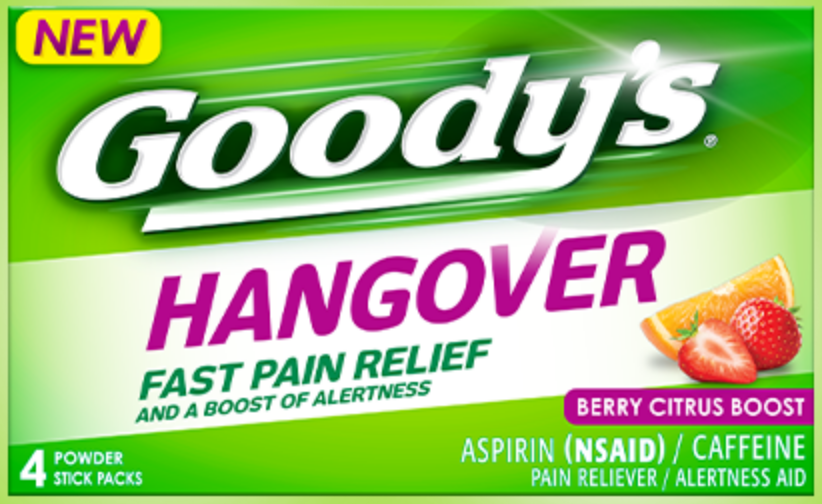
Alkaline Water Plus
Are there really any benefits to drinking alkaline water?
If you make it all the way through this Copper Fit video, you should remember the look on Brett Favre’s face at the end when his dog inexplicably drops a 30-yard pass from the former NFL quarterback. Should you decide to purchase Copper Fit’s product, you may find yourself equally disappointed.
While there has been a lot of hype surrounding copper wearables, the science behind the advertised benefits tells a different story. In its commercial, Copper Fit claims that its copper-infused compression garments “relieve muscle and joint soreness. However, a 2013 study by the University of York’s Health Sciences Department found that copper “provided no meaningful therapeutic effect beyond those of a placebo” for patients with active symptoms of rheumatoid arthritis.
On its website, it’s interesting to note that Copper Fit differentiates between the purported benefits of copper versus those of compression, and that all of the health claims are attributed to the benefits of compression — and not copper.
Which leads to the question: Do you really want to pay a premium for copper — 36 bucks (including shipping) for two Copper Fit compression sleeves — when non-copper-infused compression apparel sells for less?
For more of our coverage on copper-infused clothing, click here.
Our Ad Alerts are not just about false and deceptive marketing issues, but may also be about ads that, although not necessarily deceptive, should be viewed with caution. Ad Alerts can also be about single issues and may not include a comprehensive list of all marketing issues relating to the brand discussed.
Are there really any benefits to drinking alkaline water?
This year reader tips led to dozens of ad alerts, as well as a complaint to regulators.
What you need to know about this purported hangover remedy.

